
Flight Science & Technology Research Group
Wright Brothers Project
Department Home
Page
Courses
Simulation
Facilities
Feedback: mdw@liv.ac.uk
This project is aimed at the construction and evaluation of high-fidelity simulations of the family of Wright Brothers aircraft between 1900 and 1909, particularly the first Wright Flyer of 1903. It is a celebration of the Wrights’ activities a century ago. Using modern engineering techniques it will bring new understanding to how the Wright Brothers applied their skills to design, build and test flying machines

|
Span 22 ft Chord 7 ft Wing area290 sq ft longest flight 389 ft |
Span: 32 ft |
Span 40.33 ft |
Experimental Aerodynamics
|
|
For any high-fidelity simulation model extensive knowledge of the aerodynamic properties of the aircraft in question have to provided. The Wright Brothers project brings unique challenges to this area considering the design features of the Wright Brothers aircraft. The main features include:
|
Theoretical and Computational Aerodynamics
|
Many
sources of contemporary and historical data are being
utilised in building up a comprehensive database of the
aerodynamic properties including data from the Wright Brothers
themselves. Other sources include: testing conducted by the University of Liverpool on scale replica |
|
|
|
Flight Dynamics and Control
|
|
The flight dynamics of the early Wright aircraft display many unique characteristics including instability in pitch and roll. Using modern flight dynamic, control theory and handling qualities techniques the process of how the Wright Brothers developed the first effective 3-axis control system is being investigated. |
|
|
|
Flight Simulation
|
|
The Wright Brothers aircraft are being modelled using FLIGHTLAB from ART. This is a powerful engineering systems simulation tool allowing a multi-body dynamics approach where each subsystem can be modelled using a modular system. This method allows for control over varying levels of fidelity and for efficient model development.The simulation models can then be flown by a human pilot in a real-time environment in the FSRE (Flight Simulator for Research and Education). |
|
|
|
|
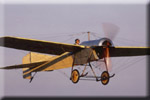 Roger
Bailey has been the primary test pilot in this research. Roger
is the chief test pilot at the Cranfield College of
Aeronautics brings great experience in piloting the historic
aircraft of the Shuttleworth Collection. Roger
Bailey has been the primary test pilot in this research. Roger
is the chief test pilot at the Cranfield College of
Aeronautics brings great experience in piloting the historic
aircraft of the Shuttleworth Collection. |
Wright Technology in the 21st Century
|
|
The project has much relevance to aerospace engineering in the 21st century, particularly:
|
A 1902 glider replica of the Wright Brothers Aeroplane Company shortly after launch at Kitty Hawk 2002. These trials were extremely useful in providing first-hand experience in the construction and flight characteristics of these aircraft.
|
|
|
|
|
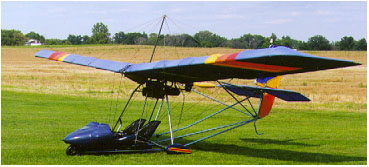 Ultra-light
sports aircraft. Ultra-light
sports aircraft. |
|
Members:
Mr. Ben Lawrence (Research Student)
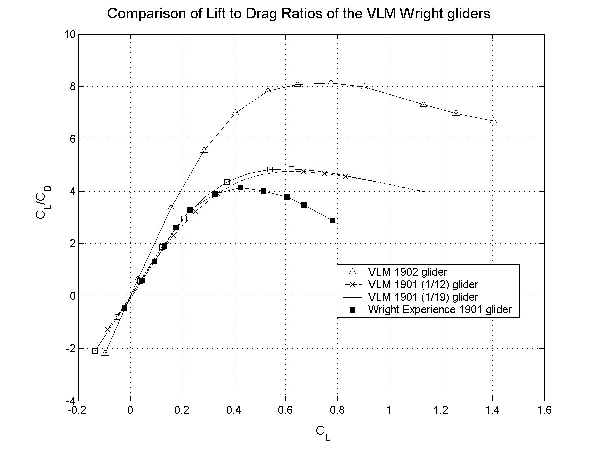
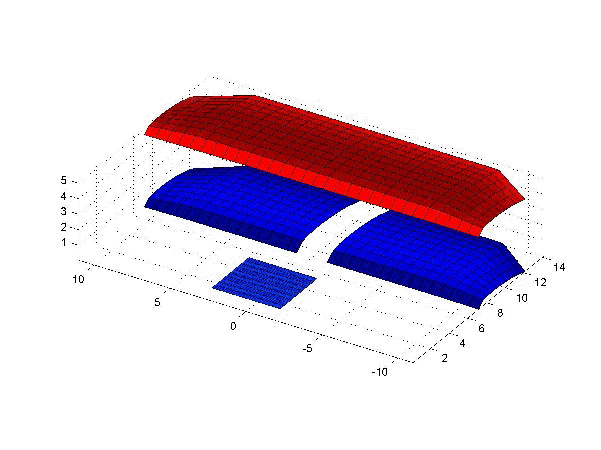

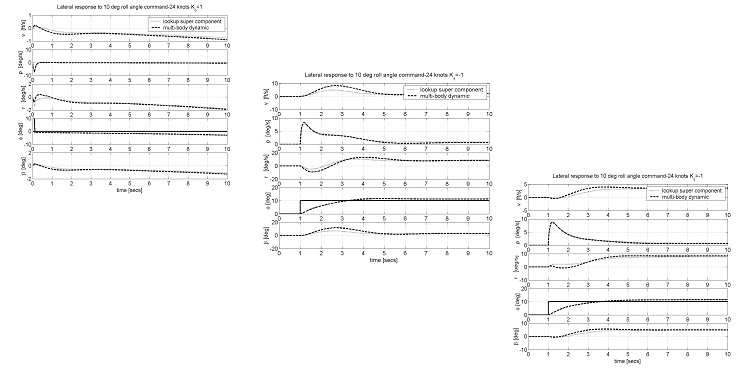
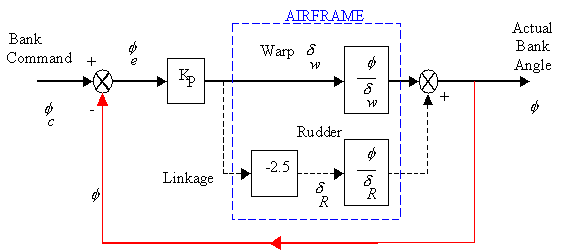
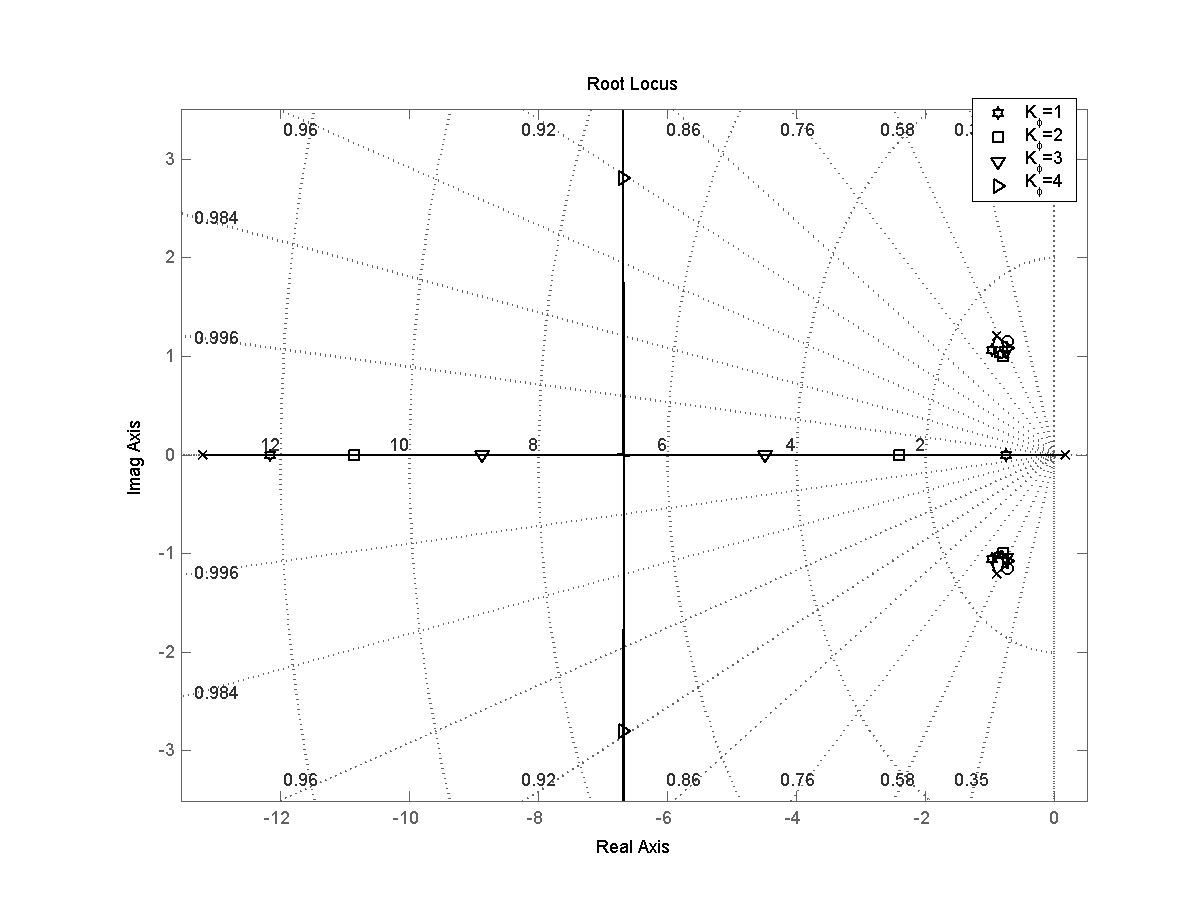
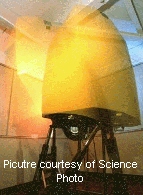
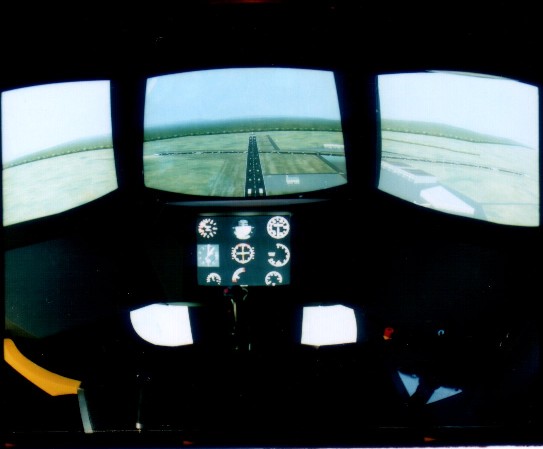
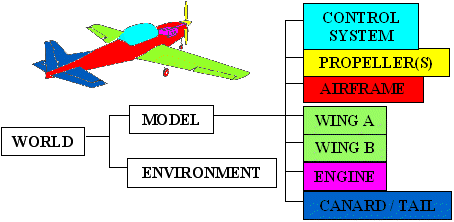
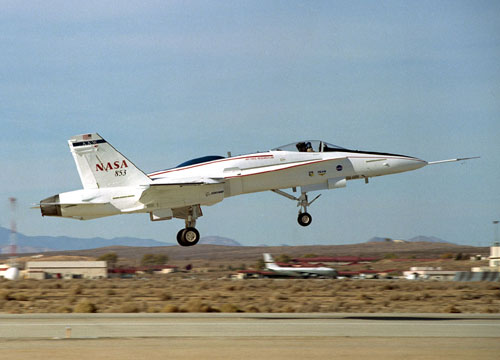 NASA
F-18 with ‘wing-warping’ aeroelastic control.
NASA
F-18 with ‘wing-warping’ aeroelastic control.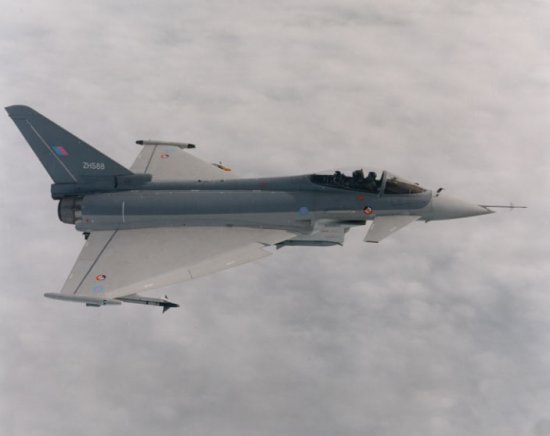 Eurofighter
Typhoon with canard control surface and static instability
Eurofighter
Typhoon with canard control surface and static instability